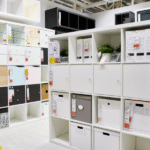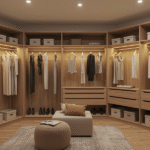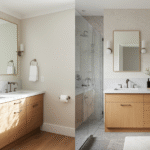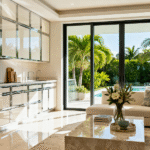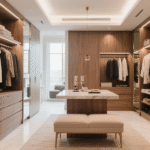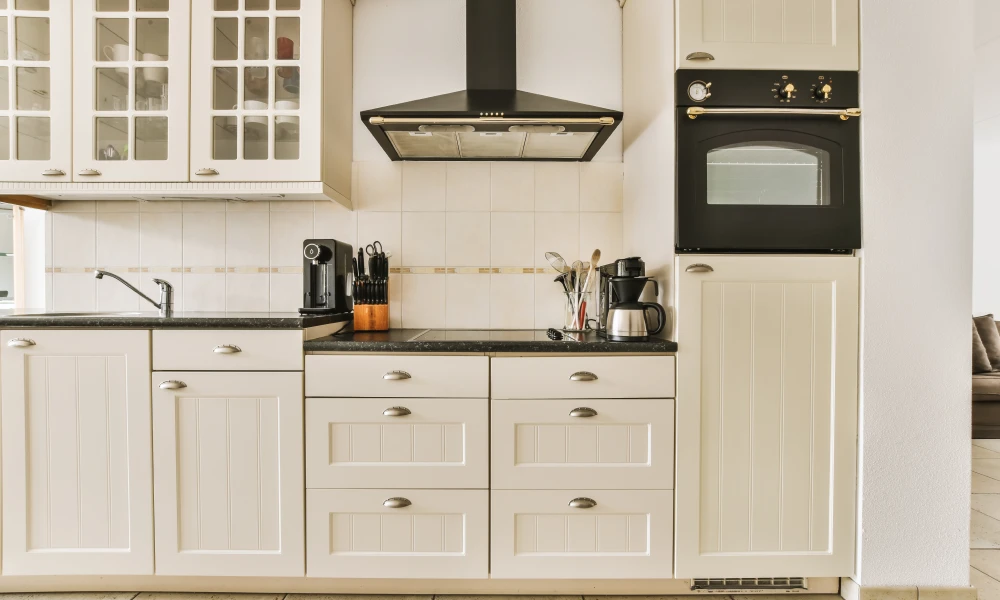
Modern, Traditional, or Transitional? Choosing Your Cabinet Style
Sep 26, 2025
Kitchen cabinets aren’t merely there for the practical utility they provide, i.e., holding dishes and cookware. They heavily impact the aesthetics and atmosphere of your kitchen, guiding your design choices and even long-term value. In Miami, for example, homeowners often prefer bright, airy styles that complement the city’s vibrant, sun-soaked vibe.
When deciding between modern vs. traditional vs. transitional cabinet styles, the challenge is not only choosing a look you love today but also one that works with your lifestyle and still feels right years from now.
Modern Cabinets: Clean, Simple, Contemporary
Modern kitchens personify contemporary taste: sleek lines, minimalism, and functionality. A beautiful but simple design that can be found in well-built kitchens around the world.
Within this style, hardware tends to be hidden away; you must pull or swing cabinets out, with some designs even featuring a push-to-open setup. The colors tend to lean more toward neutrals like white, gray, or black, with the occasional light wood accents to add a bit of warmth to the mix.
One of the defining traits of modern design is its use of mixed materials. Wood pairs with glass, stone, or metal, creating variety without losing that clean and uncluttered aesthetic. High-gloss finishes are also popular, reflecting light and making even compact kitchens appear more spacious.
In our experience, here are a few scenarios wherein modern kitchens have time and time again shown to work the best:
- Small kitchens
- Busy households that want an easy-to-clean kitchen
- A minimalism or open floor plan.
Traditional Cabinets: Rich, Detailed, Timeless
If modern kitchens feel too stark for your taste, traditional kitchen cabinets with their warmer, more decorative approach might just be what you’re looking for.
The designs used here are borrowed from classic furniture style with a massive focus on craftsmanship and attention to detail. These tend to include rich wood tones, soft whites, and muted colors that create a welcoming, live-in sort of feel.
Traditional works best for:
- Homes with Colonial, Victorian, or Craftsman architecture
- Homeowners who value craftsmanship and timeless appeal
- Kitchens that double as entertaining spaces with an elegant backdrop
Transitional Cabinets: A Balanced Middle Ground
If modern feels too sleek but traditional feels too familiar, take the route thousands of other homeowners have taken: transitional design. As the name might suggest, it is a style that encompasses a “transition period,” shifting from traditional to modern, combining the best of both styles to create a kitchen that is practical, fresh, welcoming, yet timeless by design.
For many homeowners, modern feels too sleek, and traditional feels too fussy. That’s where transitional design comes in. It combines the best of both styles to create kitchens that are fresh, comfortable, and timeless.
In a transitional kitchen, cabinet doors are usually simple: flat panels with a soft frame or modest raised panels without fancy details. Hardware mixes styles too, like modern handles in classic finishes. Colors tend to be warm neutrals, avoiding the bright whites of modern kitchens or the deep tones of traditional ones.
One of the biggest advantages of transitional cabinetry is its flexibility. Small changes, such as swapping out hardware, repainting, or updating lighting, can shift the style slightly toward modern or traditional without needing to replace the cabinets. A huge money saver in the long run.
Practical Factors to Guide Your Decision
When choosing custom kitchen cabinets, design isn’t the only factor. Understanding how to choose the perfect custom cabinets for your kitchen, whether on your own or with a cabinet manufacturer, involves considering your style preferences, your home’s layout, and practical aspects like storage, durability, and maintenance.
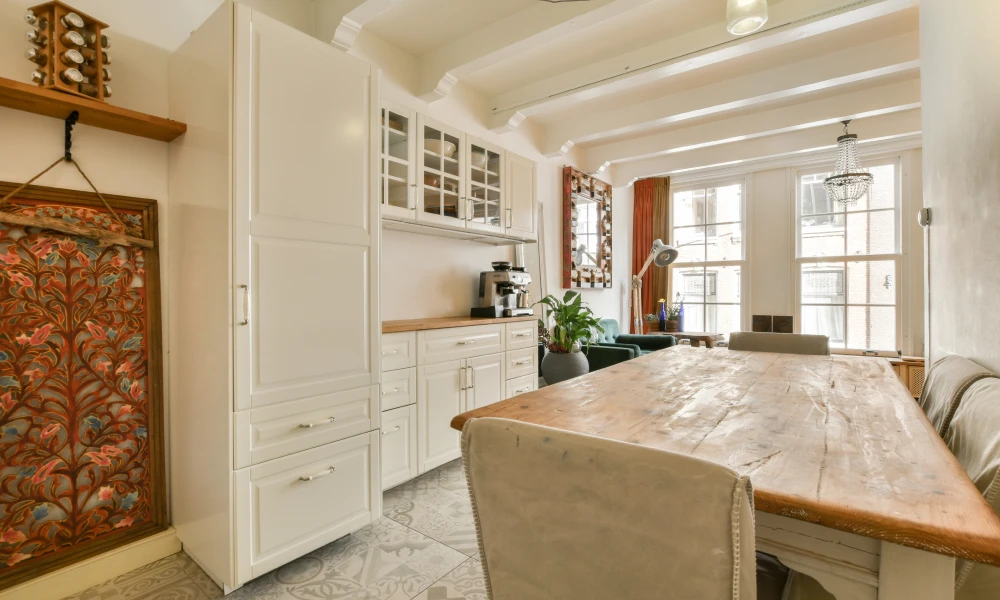
Consider these points before you commit:
- Home architecture: The cabinets should complement your home’s overall style. A modern kitchen in a Victorian-style home will feel out of place, while ornate traditional cabinets can overwhelm a minimalist space.
- Lifestyle & maintenance: A clean kitchen is a good kitchen. The best cabinets will look subpar if they are not maintained properly. Think about your lifestyle and maintenance capabilities and pick your style accordingly. High-gloss modern cabinets show fingerprints but wipe clean easily. Traditional moldings add detail but also require more cleaning.
- Budget: Traditional styles are often a lot more expensive to create due to their complex designs when compared to modern-style cabinets with flat-panel doors. If you have a solid budget, custom kitchen cabinets offer the most precise fit.
- Long-term satisfaction: Ask yourself whether the look will still feel appealing in 10–15 years.
If you have any Questions to Ask Before Hiring a Cabinet Maker
Mixing Styles for Personal Expression
You don’t have to stick to just one category. Many homeowners create unique spaces by mixing elements:
- Two-tone approaches: Use different colors or even different styles for upper and lower cabinets.
- Accent pieces: A modern kitchen island in a traditional kitchen can provide balance, or traditional crown molding on sleek cabinetry can add warmth.
- Personal touches: Regional influences or lifestyle needs, like rustic textures for mountain homes or specialized storage for avid cooks, can tie everything together.
Conclusion: Finding Your Kitchen’s Identity
Choosing between modern vs. traditional vs. transitional cabinet styles isn’t about trends—it’s about creating a kitchen that feels authentic to you. Modern works for those who love uncluttered simplicity, traditional appeals to people who value detail and timeless charm, and transitional offers balance with the flexibility to evolve.
Whether you decide on ready-made designs from a cabinet manufacturer or invest in fully custom kitchen cabinets, the most important part is ensuring your choice reflects both your taste and your lifestyle. With the right decision, your kitchen becomes more than a cooking space; it becomes a lasting expression of home.
